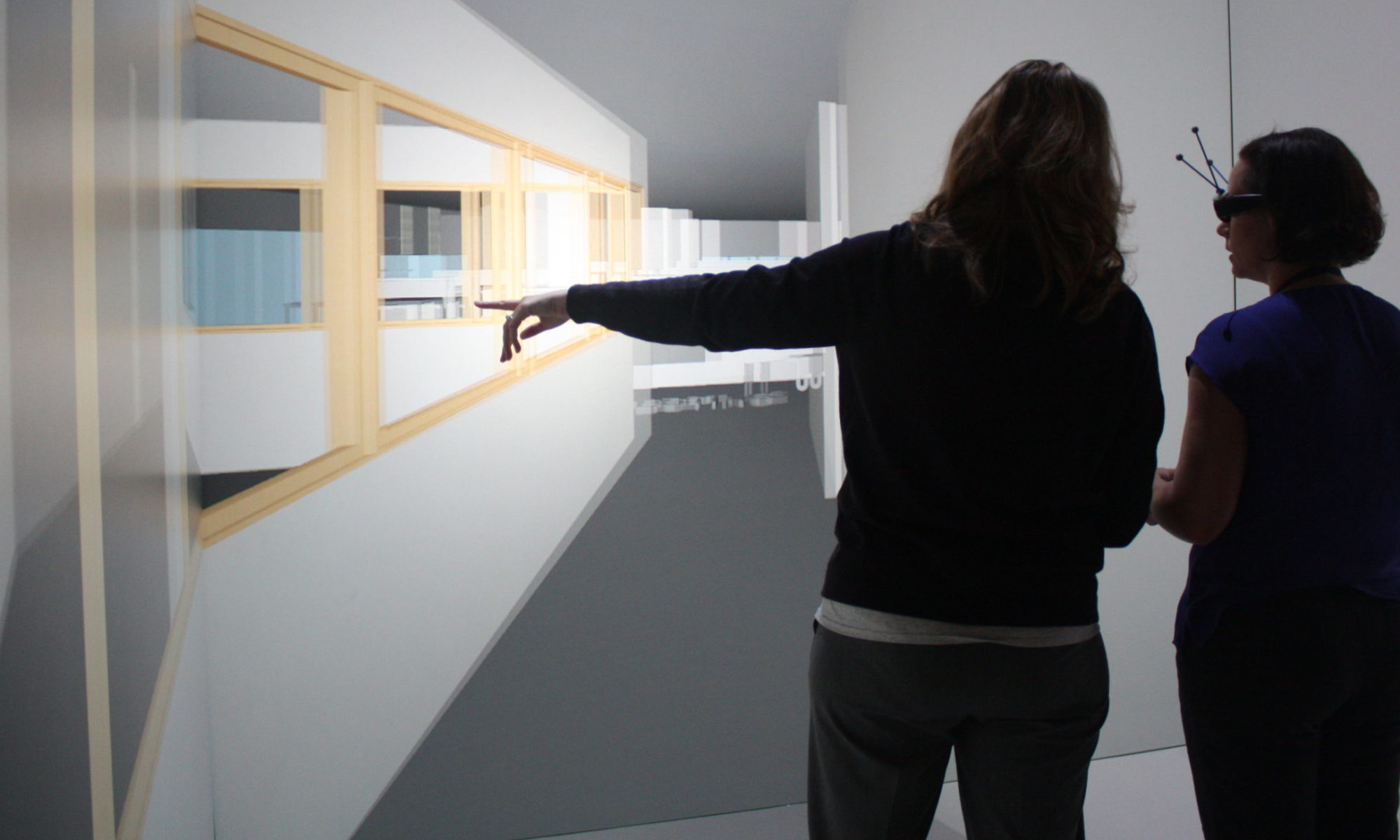Technology Interventions for Health, $5M Center Award from Department of Education (UMHS, CoE, SI, Library)
Recently, the University of Michigan received a prestigious 5 million dollar Center Grant, awarded by the National Institute on Disability and Rehabilitation Research (NIDRR), part of the Department of Education.
The funds from this award will primarily be used to pursue several development, research, and training projects/studies involving technology interventions for self management of health behaviors. The newly formed center, led by Michelle Meade (PI, Rehab Medicine), will be an interdisciplinary endeavor, involving clinicians, researchers, and engineers from multiple departments on campus. This will allow UM researchers to continue to study how technology (including applications for smartphones/tablets, video games) can benefit individuals with spinal cord or neuro-developmental disabilities.

For the past three years, the Duderstadt Center has been developing SCI Hard, a transformative game facilitating skill development and promoting the ability of individuals with Spinal Cord Injuries (SCI). Through game-play, SCI Hard teaches players how to manage their health and interact more readily in home, health care and community environments. Combining practical teaching methods with the element of play, SCI Hard aims to give autonomy and confidence back to individuals who find their world drastically altered after a spinal cord injury, specifically young men (ages 15-25) with a recent SCI.
Players navigate the game by wheelchair, enabling them to face their real-world challenges: juggling doctors’ appointments, attending therapy sessions to build muscle, and learning to drive a wheelchair-accessible vehicle. Even banal tasks such as waiting in line at the DMV are covered in a way that exposes the new obstacles individuals with a SCI may face. SCI Hard tackles this difficult subject matter with optimism and an earnest of humor. (The player’s quest is ultimately to stop the evil Dr. Schrync from taking over the world with zombie animals.)
Funds from this grant will be used to study how playing games like SCI Hard can directly benefit the health or alter the behaviors of individuals with a SCI, an effort that has been supported and well received by the accessibility advocacy, gamification, and health science communities. Receiving the Center Grant allows Duderstadt Center to continue to develop SCI Hard and other projects through Android support, more health/configuration options, voice acting throughout for greater immersion, and leader boards to help track progress.
To learn more about how the grant will be used and what University of Michigan departments are involved, read The Record’s write up on this great accomplishment. For a sneak-peek at SCI Hard and what it entails, check out the video below.




 Through some innovative work done by Dr. Alexandre Dasilva and his team in the School of Dentistry, the Duderstadt Center was presented with some exciting new data related to migraines and their effect on the brain. We had to quickly turn the data into an image suitable for a pending journal submission. While we can’t go into details at this time about the research being done, we created a quick model of the data and brought it into the MIDEN for further exploration. The model was created by taking cross-sections of the MRI dataset and projecting those onto the surface of a brain mesh. The resulting model & textures were exported and then brought into the MIDEN.
Through some innovative work done by Dr. Alexandre Dasilva and his team in the School of Dentistry, the Duderstadt Center was presented with some exciting new data related to migraines and their effect on the brain. We had to quickly turn the data into an image suitable for a pending journal submission. While we can’t go into details at this time about the research being done, we created a quick model of the data and brought it into the MIDEN for further exploration. The model was created by taking cross-sections of the MRI dataset and projecting those onto the surface of a brain mesh. The resulting model & textures were exported and then brought into the MIDEN.

